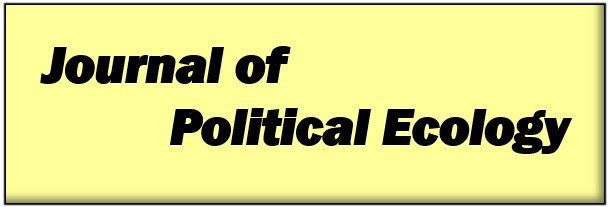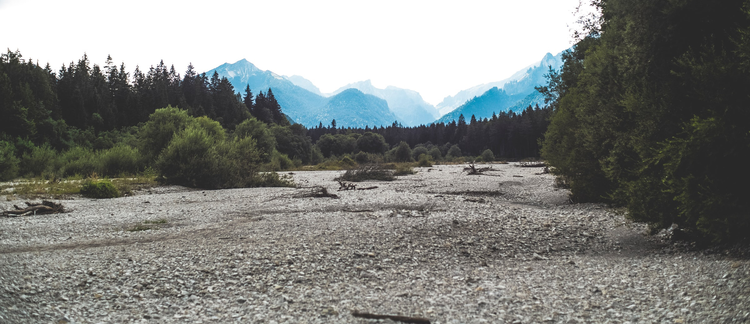Abstract
WellWatch was a webtool designed to create a collaborative space for communities and academics to monitor, study, and respond more effectively to the emerging shale gas industry. This article reflects on the successes and failures of the first iteration of WellWatch for academic research and its community of nonacademic participants. For academics, this tool succeeded in gathering rich narratives of the personal experiences of people living amidst natural gas development. These narratives, from multiple locations, provide insight into structural patterns associated with this industry. They gave a lens into social processes emerging from and responding to these structures. Taken together, these narratives help define next steps for research. WellWatch also proved useful for non-academics, primarily impacted landowners from Colorado and Pennsylvania. It helped landowners manage problems of individual isolation by networking them with other landowners and providing useful information about how to manage and resolve problems. It also furnished data to the people affected that they could use in their own advocacy, with potentially important effects. The tool also helped non-profit advocacy groups in assisting with networking and with sharing best practices. Based on this review of WellWatch, the article proposes a method for further developing collaborative ethnographic and community-based research through networked digital media.
Keywords: citizen science, community based participatory research, digital ethnography, hydraulic fracturing para-ethnography, multi-sited ethnography
How to Cite:
Wylie, S. & Albright, L., (2014) “WellWatch: reflections on designing digital media for multisited para-ethnography”, Journal of Political Ecology 21(1), 320-348. doi: https://doi.org/10.2458/v21i1.21139
Downloads:
Download PDF
View PDF
2167 Views
854 Downloads

